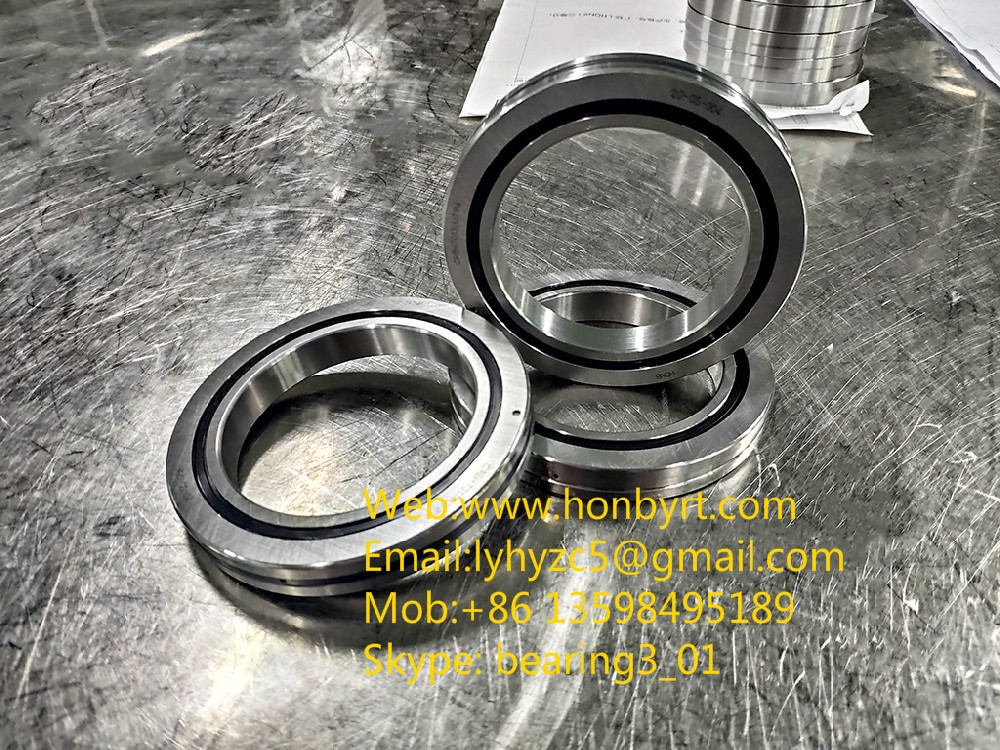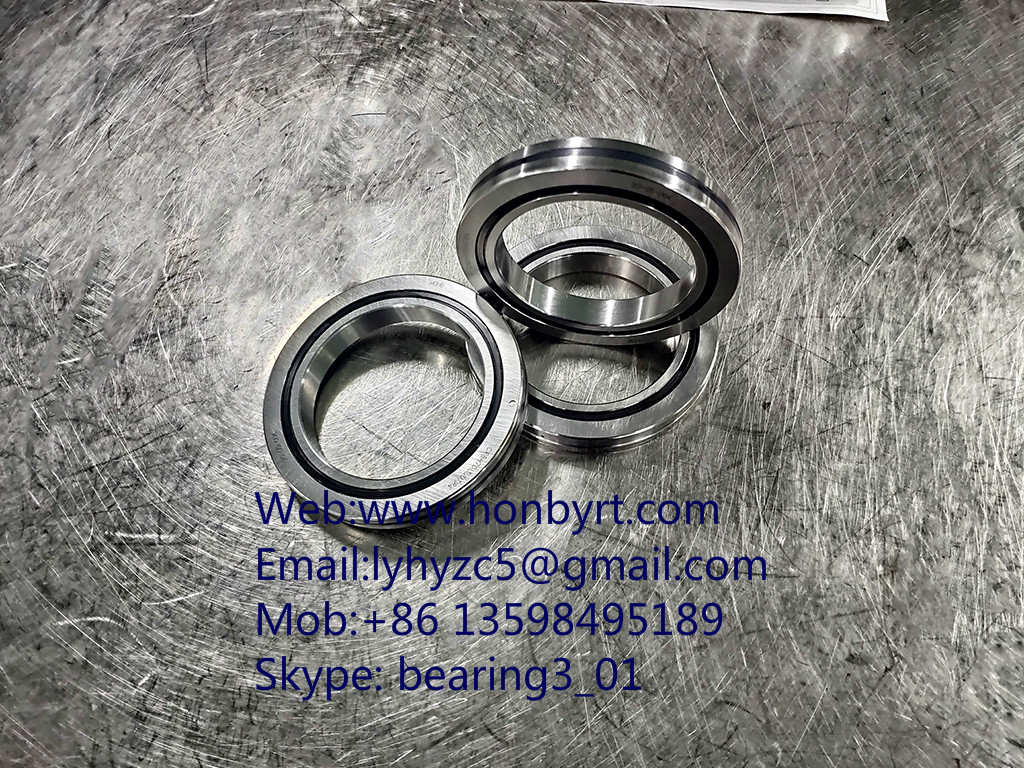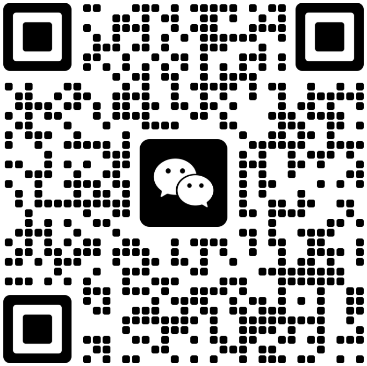After the installation of the cross roller bearing is completed, in order to check whether the installation is correct, an operation inspection should be carried out. Small machinery can be rotated by hand to confirm whether it rotates smoothly. The inspection items include poor operation caused by foreign matter, scars, indentations, uneven rotation torque caused by poor installation and poor processing of the mounting seat, large torque caused by too small clearance, installation error and seal friction, etc. If there is no abnormality, you can start power operation.

Because large machinery cannot be rotated manually, the power is turned off immediately after no-load start, and inertial operation is carried out to check whether there is vibration, sound, whether the rotating parts are in contact, etc., and the cross roller bearing is confirmed to be normal. After entering the power operation. Power operation starts from no-load low speed and slowly increases the rated operation of the specified conditions. The inspection items during the trial operation are whether there is abnormal sound, bearing temperature transfer, lubricant leakage and discoloration, etc. If an abnormality is found during the trial operation of the cross roller bearing, the operation should be stopped immediately, the machinery should be checked, and the bearing should be removed for inspection if necessary.

The temperature inspection of the cross roller bearing can generally be inferred from the appearance of the outer shell. However, it is more accurate to directly measure the temperature of the outer ring of the bearing using the oil hole. The bearing temperature gradually rises during operation. If there is no abnormality, it will usually stabilize after 1 to 2 hours. If there is a problem with the bearing or installation, the bearing temperature will rise sharply and become abnormally high. The reasons include too much lubricant, too small bearing clearance, poor installation, excessive friction of the sealing device, etc. In the case of high-speed rotation, the wrong choice of bearing lubrication method is also a reason.


